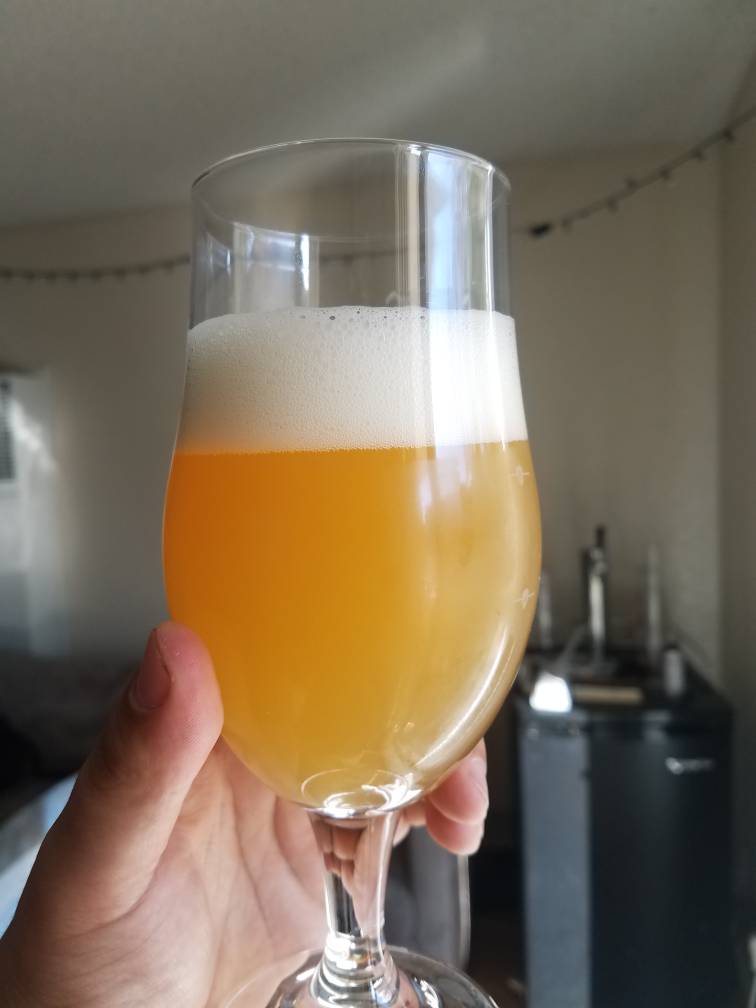Morrey
Well-Known Member
I see the point that schemantix is making about home brewers being aware of (or not being aware of) and choosing (or not) to take measures to control or reduce oxidation. I used the term "collectively home brewers are aware" very loosely, and I suppose the circle I exchange with regularly is possibly more the exception than the rule based on his observation.
Mongoose33 is likely to be the most meticulous and process oriented home brewer I know. He is as keenly aware of oxidation as any pro brewer I know. His BtB experiments reflect his training and professorial experiences, so I refer to his results as more than hit or miss. My evaluations are pretty much isolated to my tastes alone, but vibrancy is pretty easy to detect along the way. I am just not as scientific in my approach as Mongoose33.
Some time back, one of my other home brew buddies turned pro sampled a few of my beers and he asked my transfer to keg technique. Without giving me time to answer, he said that I am introducing O2 into my beer. I was, he knew it, and I have been working to eliminate O2 since then.
Another friend who has opened a small nano operation had a canning company come in to package some of his product for retail sales. He told me the canning company used a DO meter to check for O2 before they started. He explained the canning company knew the beer would be crappy if the DO level was too high, thusly they wouldn't accept responsibility for poor quality. Garbage in - garbage out.
And as said before, it seems my semi-small circle of brewing friends "collectively" are keenly aware of the damage O2 exposure causes in the long run. So maybe the home brew community that I am not aware of is not as up to speed on oxidation as I thought. As we spread the word and share what we learn from each new process, we all learn and benefit from the experience.
Mongoose33 is likely to be the most meticulous and process oriented home brewer I know. He is as keenly aware of oxidation as any pro brewer I know. His BtB experiments reflect his training and professorial experiences, so I refer to his results as more than hit or miss. My evaluations are pretty much isolated to my tastes alone, but vibrancy is pretty easy to detect along the way. I am just not as scientific in my approach as Mongoose33.
Some time back, one of my other home brew buddies turned pro sampled a few of my beers and he asked my transfer to keg technique. Without giving me time to answer, he said that I am introducing O2 into my beer. I was, he knew it, and I have been working to eliminate O2 since then.
Another friend who has opened a small nano operation had a canning company come in to package some of his product for retail sales. He told me the canning company used a DO meter to check for O2 before they started. He explained the canning company knew the beer would be crappy if the DO level was too high, thusly they wouldn't accept responsibility for poor quality. Garbage in - garbage out.
And as said before, it seems my semi-small circle of brewing friends "collectively" are keenly aware of the damage O2 exposure causes in the long run. So maybe the home brew community that I am not aware of is not as up to speed on oxidation as I thought. As we spread the word and share what we learn from each new process, we all learn and benefit from the experience.































![Craft A Brew - Safale BE-256 Yeast - Fermentis - Belgian Ale Dry Yeast - For Belgian & Strong Ales - Ingredients for Home Brewing - Beer Making Supplies - [3 Pack]](https://m.media-amazon.com/images/I/51bcKEwQmWL._SL500_.jpg)



























